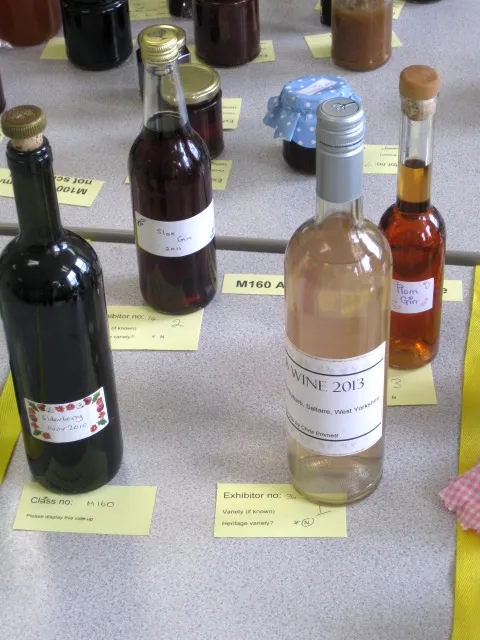Potato Pastry
- Published: 03 January 2022 03 January 2022
 Ingredients
Ingredients
40z or 110g mashed potato
4oz or 110g flour
3oz or 75g fat
salt/ pepper/ water
Preparation time: 30 mins
Makes 1/2lb pastry 225g, to line or top 7"/ 18cm pie
Method
-
Rub the fat into the flour, and the salt (and pepper if making a savoury pie)
-
Add the mash potato and mix well
-
Slowly add the water until you have a stiff dough
-
Roll out and line the pie dish and/or put a top on a pie
-
Leave to rest for 15 minutes and then cook
Add the seasoning to the flout and rub in fat until it resembles fine breadcrumbs. Mix in the potatoes, kneading firmly, and adding a little water - sufficient to make a stiff dough. Leave to rest for 15 mins before use.
You can use this pasty for fruit pies, apple works well, but it can be used for any kind of pie as it a light pastry

 There’s not much point in growing tasty, nutritious organic food if you’re not going to eat it – so here is a collection of recipes from the annual show, some of them prize winning, some highly commended and some we just couldn’t pass up. Enjoy!
There’s not much point in growing tasty, nutritious organic food if you’re not going to eat it – so here is a collection of recipes from the annual show, some of them prize winning, some highly commended and some we just couldn’t pass up. Enjoy! Ingredients
Ingredients Ingredients
Ingredients Ingredients
Ingredients